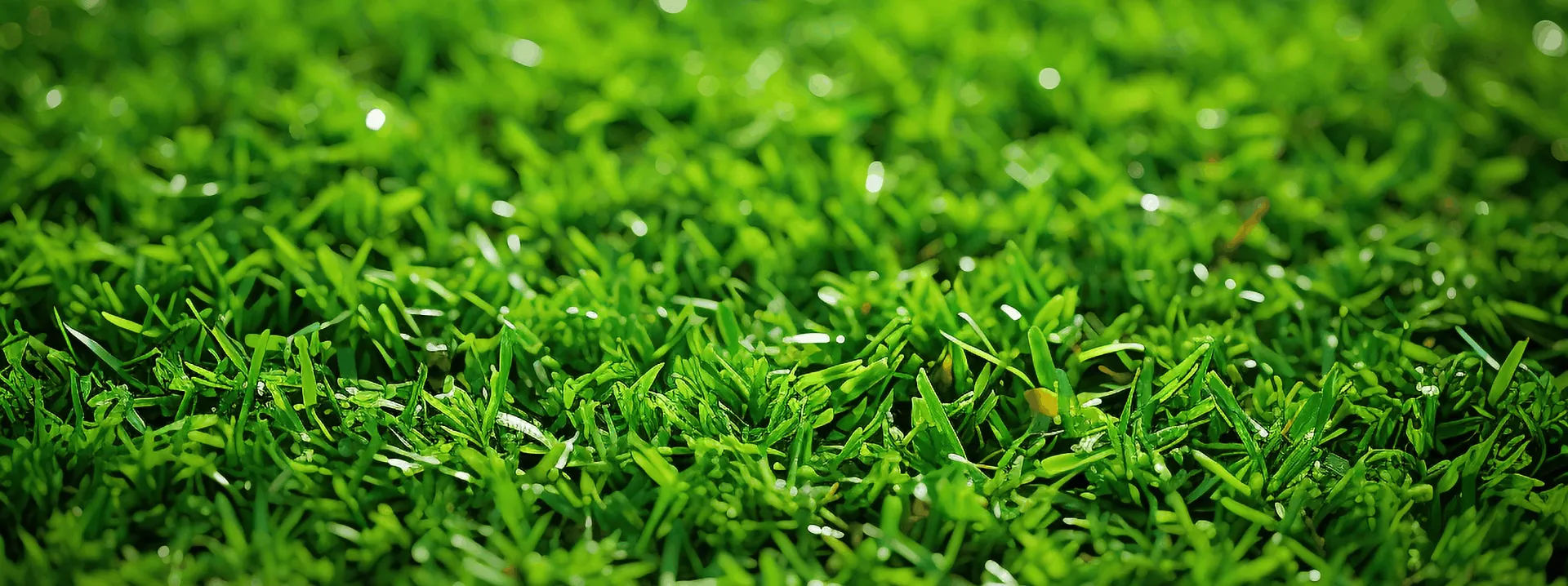
- Afrikaans
- Arabic
- Belarusian
- Bengali
- Czech
- Danish
- Dutch
- English
- Esperanto
- Estonian
- Finnish
- French
- German
- Greek
- Hindi
- Hungarian
- Icelandic
- Indonesian
- irish
- Italian
- Japanese
- kazakh
- Rwandese
- Korean
- Kyrgyz
- Lao
- Latin
- Latvian
- Malay
- Mongolian
- Myanmar
- Norwegian
- Persian
- Polish
- Portuguese
- Romanian
- Russian
- Serbian
- Spanish
- Swedish
- Tagalog
- Tajik
- Thai
- Turkish
- Turkmen
- Ukrainian
- Urdu
- Uighur
- Uzbek
- Vietnamese
Understanding the Structure and Benefits of Artificial Turf Layers
Dec . 15, 2024 22:05 Back to list
The Layers of Fake Grass Understanding the Structure and Benefits
In recent years, synthetic turf, commonly known as fake grass, has surged in popularity due to its ease of maintenance and aesthetic appeal. Homeowners, businesses, and sports facilities are increasingly adopting this alternative to natural grass. However, many may not fully understand what constitutes fake grass and how its layers contribute to its overall performance. In this article, we’ll delve into the structure of fake grass and explore the benefits of its layered components.
The Basic Structure of Fake Grass
Fake grass is composed of multiple layers that work together to create a realistic and durable surface
. Understanding these layers is essential in appreciating its functionality.1. The Grass Blades The top layer of synthetic turf consists of polyethylene or nylon grass blades. These blades come in various colors and textures, mimicking the look and feel of natural grass. Engineered to be UV-resistant, they maintain their color and vibrancy even under intense sunlight.
2. The Infill Layer Beneath the grass blades lies the infill layer, which is a critical component of fake grass systems. This layer typically consists of materials like rubber granules or sand, providing stability and support to the grass blades. The infill mimics the natural soil in which real grass grows, allowing the blades to stand upright. Additionally, it plays a role in shock absorption, enhancing comfort and safety during activities.
3. The Drainage Layer A well-designed fake grass system includes a drainage layer to manage water flow. This layer is not only crucial for preventing water pooling but also helps maintain the integrity of the turf. Proper drainage ensures that rainwater or irrigation can easily escape, reducing the risk of mold or mildew and extending the lifespan of the turf.
4. The Base Layer The foundation for the synthetic turf is the base layer, usually made of crushed stone or gravel. This layer provides stability and support while allowing for excellent water drainage. A well-prepared base layer is fundamental to the durability of fake grass, as it minimizes the risk of shifting or sinking due to weight or weather conditions.
fake grass layers

Benefits of Fake Grass Layers
The layered structure of fake grass offers numerous advantages
- Low Maintenance One of the most appealing aspects of synthetic turf is its low maintenance requirements. Unlike natural grass, which requires regular mowing, watering, and fertilizing, fake grass typically only requires occasional brushing and rinsing to keep it in top condition.
- Durability The robust materials used in the manufacturing of fake grass, combined with its layered design, result in a highly durable surface. It can withstand heavy foot traffic, making it ideal for sports fields and playgrounds.
- Water Efficiency With the increasing urgency of water conservation, fake grass presents an environmentally-friendly option. It does not require watering, which can lead to substantial savings in water costs and usage, particularly in drought-prone areas.
- Versatility The layered construction of synthetic turf allows for versatile applications, from residential lawns to commercial landscaping and athletic fields. Its design can be tailored to various uses, ensuring optimal performance whether it’s for aesthetic purposes or high-intensity sports.
Conclusion
Fake grass layers contribute significantly to the functionality, durability, and aesthetic appeal of synthetic turf. Understanding these components not only helps potential users appreciate the technology behind fake grass but also emphasizes its benefits in today’s environmentally conscious society. Whether for a backyard, a sports field, or a business landscape, synthetic turf represents a practical and sustainable solution for modern landscaping needs.
-
The Benefits of Artificial Turf for Indoors
NewsJul.15,2025
-
How Artificial Grass Suppliers Ensure Quality Products
NewsJul.15,2025
-
Artificial Grass and Pets: A Space for Relaxation
NewsJul.08,2025
-
Balcony & Outdoor Decoration with Artificial Grass
NewsJul.08,2025
-
Best Indoor Artificial Grass for Home
NewsJul.07,2025
-
Best Pet Turf for Dogs: Safe & Durable Artificial Grass Options
NewsJul.07,2025
Products categories









